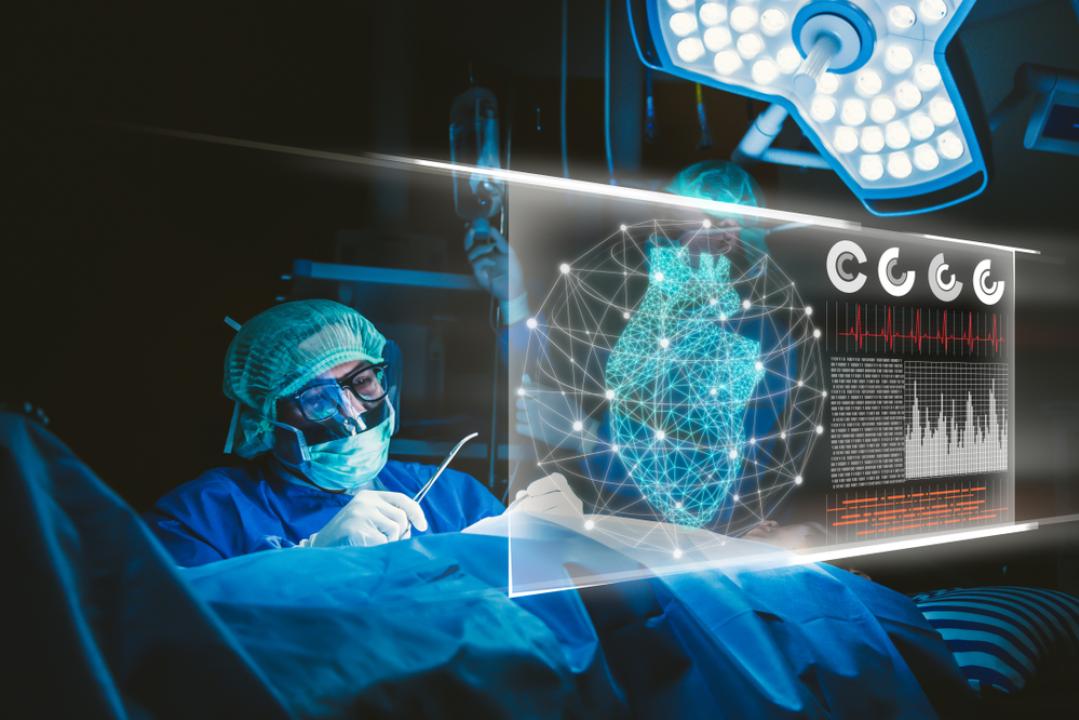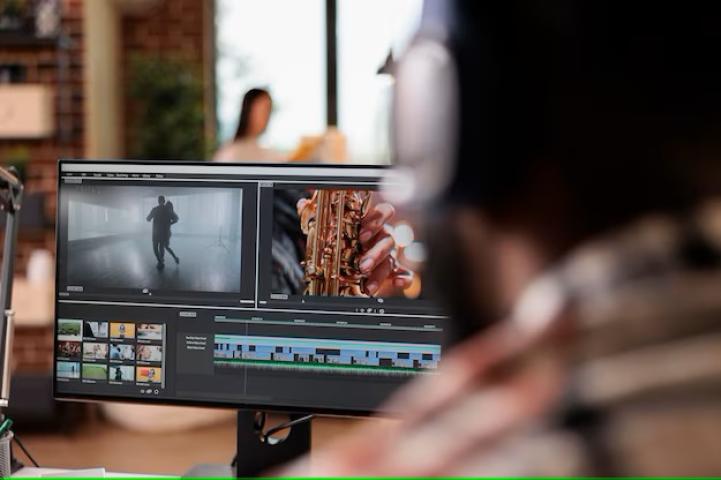Ultrasound imaging relies on interpreting visual patterns in images to diagnose medical conditions or abnormalities. However, manually analyzing ultrasound images can be time-consuming and error-prone, even for experienced radiologists. Artificial intelligence (AI) has the potential to assist radiologists in this task by automatically detecting and highlighting areas of interest. Several AI technologies are currently being developed and tested to help radiologists analyze ultrasound scans more efficiently and accurately.
AI algorithms can be trained on large datasets of ultrasound images that have been manually annotated by expert radiologists. The algorithms learn to recognize visual patterns that are indicative of normal anatomy, benign findings, or potential pathologies. Once trained, the algorithms can rapidly analyze new ultrasound images and draw the radiologist's attention to suspicious regions worthy of a closer look. This can help radiologists prioritize their time and focus their full attention on areas most likely to contain relevant medical information. Studies have found AI assistance increases radiologists' sensitivity and specificity in detecting cancers, cysts, anatomical abnormalities and other ultrasound findings compared to unaided analysis.
Several startups are working on applying artificial intelligence in ultrasound imaging to help with various ultrasound applications. One example is Anthropic, which developed an AI tool capable of automatically detecting pneumothorax - a collapsed lung - from ultrasound videos with a sensitivity of over 90%. Pneumothorax can be difficult to diagnose from ultrasound but is an important emergency condition. Anthropic's AI assistance could help care providers in resource-limited settings more accurately diagnose this life-threatening injury. Other startups are focusing on areas like fetal anatomy screening during pregnancy ultrasounds to help ensure important structures are not overlooked.
AI Can Standardize Ultrasound Exams and Ensure Key Views Are Not Missed
Performing a complete and high-quality ultrasound exam requires following standardized imaging protocols to capture the necessary anatomical views. However, even experienced sonographers can occasionally miss or mislabel key views due to human error or oversight. AI in Ultrasound Imaging has the potential to audit ultrasound exams in real-time and provide guidance to ensure all required views are obtained correctly.
Researchers at the University of California San Diego developed an AI system that watches ultrasound video recordings and detects whether standard anatomical plane views have been captured correctly during breast and thyroid exams. Using depth networks, the AI identifies the anatomical structure and orientation in each frame to determine if it matches the target view. If a view is missing or mislabeled, the AI flags it for the sonographer immediately. In trials, the AI detected missed or mislabeled views with over 90% accuracy, allowing sonographers to correct any deficiencies during the same exam.
Ensuring all necessary views are captured consistently across patients is important for accurate diagnoses, comparison of scans over time, and clinical audit purposes. AI-guided standardization of ultrasound exams could help improve the reliability and quality of ultrasound as a front-line medical imaging tool. Further development may enable AI to monitor exams in real-time using the ultrasound system display feed without requiring separate video recordings. This could integrate AI standardization seamlessly into clinical ultrasound workflows.
AI-Derived Analytics Can Enhance Ultrasound Decision Making
Beyond assisting with individual scans, artificial intelligence in ultrasound imaging is also being applied to extract aggregate analytics from large ultrasound imaging databases. By analyzing patterns across thousands of de-identified exams, AI can uncover important population-level insights. One example is using AI to predict liver fibrosis stages from ultrasound imaging characteristics. Several research teams have developed AI models that can determine a patient's Metavir fibrosis score - a key indicator for monitoring liver disease progression - directly from their ultrasound images, in many cases surpassing expert radiologist agreement levels.
Likewise, analyzing characteristics of ovarian tumors in ultrasound videos helps estimate cancer risk and guides patient management decisions. Researchers in Germany used a deep learning model to derive 42 texture, shape and vascularization features from transvaginal ultrasound videos of over 900 ovarian masses. When combined with clinical factors, the AI model achieved an area under the receiver operating characteristic curve of 0.972 for predicting cancer - a performance comparable to an expert ultrasonographer. Such AI-derived analytics can help stratify cancer screening populations and personalize cancer care based on non-invasive ultrasound findings alone.
The large volumes of images contained within ultrasound databases also enable AI to discover new associations and subtle patterns not perceptible to humans. By analyzing millions of cardiac ultrasound exams, AI may uncover morphological features predictive of heart disease that expand our current biological understanding. As computing power grows, AI will continue extracting increasingly nuanced insights from the petabytes of unmined medical imaging data already captured worldwide through ultrasound. These aggregate-level applications of AI have tremendous potential to enhance clinical decision making and advance medical knowledge.
Artificial intelligence in ultrasound imaging is poised to significantly impact and improve diagnostic ultrasound imaging. AI-assistance has great potential to help radiologists analyze scans more efficiently and detect subtle findings. Real-time AI-guidance can standardize exams and ensure important views are not overlooked. Meanwhile, applying AI to large ultrasound databases reveals new aggregate-level insights about disease progression and risk stratification. As AI and ultrasound continue advancing together, clinicians will gain powerful new tools to enhance patient care and outcomes. While still in early stages, AI promises to fully realize the vast clinical potential of ultrasound as one of medicine's most versatile and valuable imaging modalities.
Get More Insights on- AI in Ultrasound Imaging
For Deeper Insights, Find the Report in the Language that You want:
About Author:
Alice Mutum is a seasoned senior content editor at Coherent Market Insights, leveraging extensive expertise gained from her previous role as a content writer. With seven years in content development, Alice masterfully employs SEO best practices and cutting-edge digital marketing strategies to craft high-ranking, impactful content. As an editor, she meticulously ensures flawless grammar and punctuation, precise data accuracy, and perfect alignment with audience needs in every research report. Alice's dedication to excellence and her strategic approach to content make her an invaluable asset in the world of market insights.

















